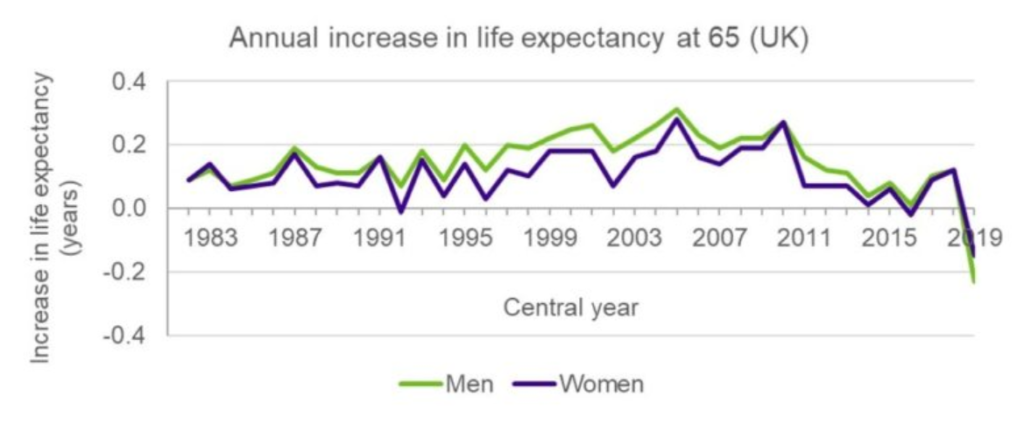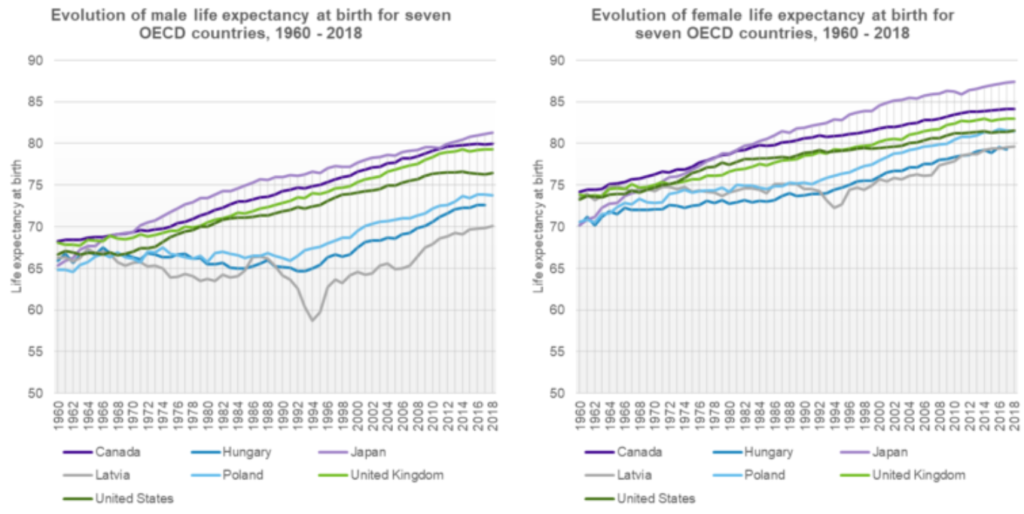Graphic:
Excerpt:
Please use the sharing tools found via the share button at the top or side of articles. Copying articles to share with others is a breach of FT.comT&Cs and Copyright Policy. Email licensing@ft.com to buy additional rights. Subscribers may share up to 10 or 20 articles per month using the gift article service. More information can be found here.
https://www.ft.com/content/ad3a97fc-6394-471b-95b6-a46576808f4a?accessToken=zwAF-p9xpktIkdOtOpf8Y5RHG9OVtqRldoCPSg.MEUCIDgGL7wEhhf0DcMprg_1VYV0TDGsyWYpn56E-cBhCGWoAiEA_YjdblG4oKzNoagG66jcPOhEtvtht7Du5gnihbZVDfU&sharetype=gift&token=82960010-bfb1-44e4-a677-de6e47ba5545
Any predictions are by their nature uncertain, yet a longevity modelling firm has forecasted that both candidates are likely to live well beyond the end of the next presidency in 2029. According to Club Vita, actuarial data suggests both men could have more than another decade ahead of them.
The company, which offers analytical services to insurers, said its US model suggested Biden has a life expectancy of another 11 years, taking him to 91. Trump has 14 more years to look forward to, per the model, meaning he would die at 90.
The model’s inputs include affluence, marital status, and employment. These key demographics for both Biden and Trump put them in the same favourable categories for the main factors, including addresses in the top category for life expectancy: the analysts used Trump’s Palm Beach address and Biden’s Delaware home.
Erik Pickett, a New Jersey-based actuary for Club Vita, said a wide range of factors could prove its model wrong, from whether the candidates “are in significantly different health to the average of someone with the same characteristics” to the fact that presidents have “access to higher quality medical treatments” than the typical American.
Author(s): Ian Smith in London and David Crow in New York
Publication Date: 30 April 2023
Publication Site: FT.com

